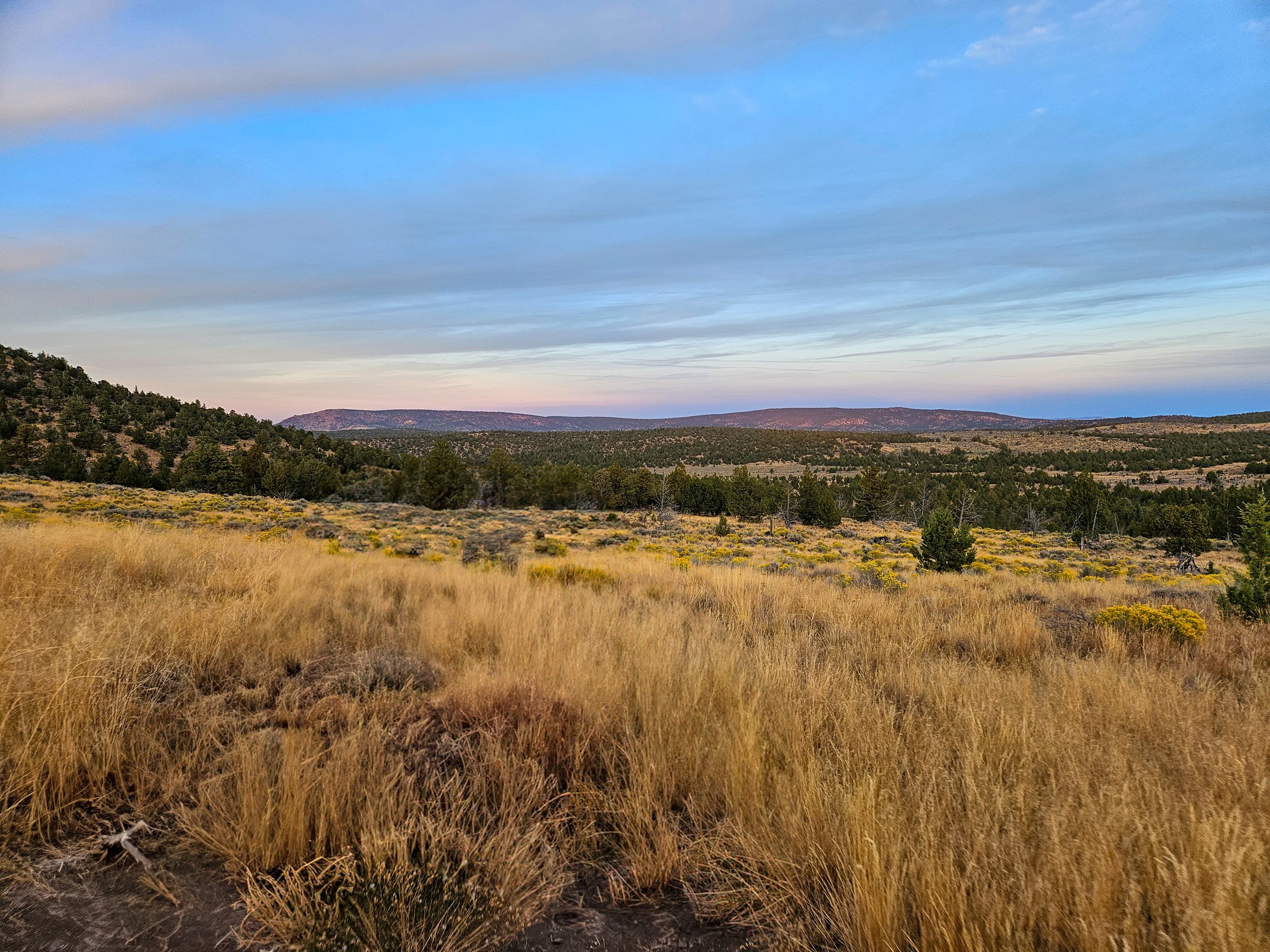
The Power of Hooves: Restoring Soil, Water, and Life
We are embarking on a dynamic, long-term project to restore native habitat to Oregon’s high desert landscape. Through regenerative land management, we will revitalize soil health, reestablish native vegetation, and create thriving ecosystems that support biodiversity and ecological resilience.
A key element of this initiative will be utilizing our sanctuary horses in a thoughtfully designed rotational grazing system to mimic the natural movement of native herbivores such as mule deer, pronghorn antelope, and elk. By guiding our equine herds across the land in strategic patterns, we will prevent overgrazing, stimulate seed dispersal, and aerate the soil—enhancing its ability to retain moisture and support native plant regeneration. This project will set a new standard for integrating equine stewardship with land restoration, demonstrating how animal movement can be a powerful force for ecological healing.
A critical focus of this initiative will be restoring the natural flow of springs and waterways, essential to the survival of Oregon’s high desert ecosystem. In the sagebrush biome, the spread of western juniper has disrupted the natural balance by outcompeting native vegetation, depleting groundwater, and reducing habitat quality for wildlife. Juniper trees absorb significant amounts of water, lowering water tables and drying out springs, streams, and riparian areas. By strategically removing encroaching juniper, we will improve water retention, increase soil moisture, and allow native grasses, forbs, and shrubs to regenerate. This restoration will enhance habitat for species like sage grouse, songbirds, bighorn sheep, and pronghorn antelope while improving overall ecosystem resilience and biodiversity.
To further strengthen the resilience of the landscape, we will implement a comprehensive native seed propagation program. By collecting and cultivating seeds from locally adapted plant species, we will actively restore diverse, native plant communities that support pollinators, improve soil structure, and increase carbon sequestration. This initiative will encourage the natural regeneration of deep-rooted vegetation, helping to stabilize the land, prevent erosion, and enhance its ability to store carbon—directly contributing to climate change mitigation. Over time, we envision a landscape where sagebrush, bunchgrasses, and wildflowers flourish, providing a foundation for a rich and biodiverse ecosystem that supports both wildlife and livestock in harmony.
By integrating thoughtful stewardship with the wisdom of the natural world, we will create a model for regenerative land management that can be shared and expanded beyond our sanctuary. Our work is guided by the understanding that the land has its own rhythms, patterns, and cycles, shaped over thousands of years by the movement of animals and the flow of water. Through regenerative grazing, habitat restoration, and the reintroduction of native plants, we will help realign these natural processes, creating a landscape that is not only productive but also self-sustaining. This project is about more than just restoring a landscape—it is about fostering resilience, reviving ecological relationships, and demonstrating how animals and humans can work together to regenerate the land. Our efforts will not only benefit Oregon’s high desert but will also serve as a beacon for those seeking a deeper, more meaningful connection with the natural world.
You see, I am Alive.
You see, I stand in good relation to the earth.
You see, I stand in good relation to all that is beautiful.
I stand in good relation to you…
You see, I am alive, I am alive.
— Kiowa Song


